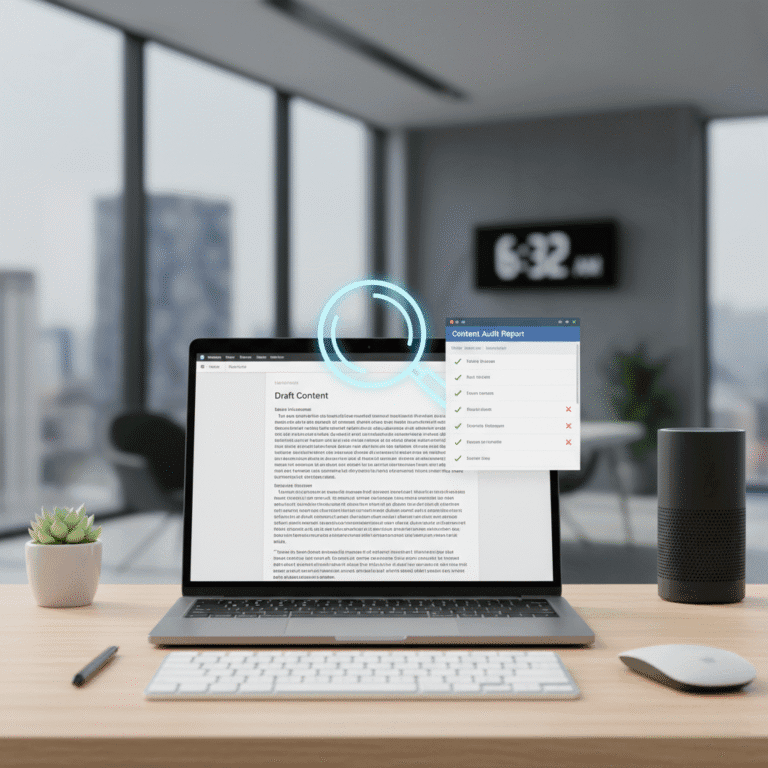Top AEO Tools & Analysis Strategies for 2025
Quick Answer: Top AEO Tools for 2025 The leading AEO tools for 2025 are SEO Grow (for deterministic, single-page audits), Profound (for enterprise monitoring), and Writesonic (for content optimization). Unlike traditional SEO suites, these platforms specifically analyze data density, structural citability, and LLM retrieval friction to secure visibility in AI Overviews. The world of online…









